
Climate Change And Agriculture: Adaptation Tips
Climate change is of ultimate concern to economists, ecologists, and agriculturalists as agriculture and climate change closely relate. While farmers have to amend their practices suffering from weather changes, the impact of modern agriculture on climate change cannot be denied. Thus, the connection between industrial agriculture and climate change demands keen attention as the influence is far from beneficial. Climate change adaptation strategies in agriculture and mitigation of negative effects are primary tasks nowadays.
Effects Of Climate Change On Agriculture
Farming throughout the globe has its own specifics that depends on weather conditions, with the climate change impact on agriculture being tremendous. Climatic peculiarities nowadays are not the same as they were before. Analyzing how climate change affects agriculture, agriculturalists have to adopt methods they have never previously tried.
The impact of global climate change on agriculture forces farmers to constantly adjust to abnormal or atypical weather like lack of snow cover in winter, which means high risks of poor yields of winter cash crops. The effects also involve abnormally hot summers and very cold winters, or vice versa, warm winters and chilly summers.
Another impact of climate change on agriculture is the atypical lack of rainfalls that brings the necessity of manmade irrigation in the regions where it was done solely by nature before. Quite the opposite impact on agriculture due to climate change is excessive moisture, too. Plants are sensitive to floods as much as to droughts and perish both ways. High temperatures increase pest infestations involving higher insecticide applications and require more water resources. Under severe conditions in marginal regions and African states, in particular, agriculture turns to a very challenging business.

Adapting Agriculture To Climate Change
Changing weather introduces a number of issues for farm owners to address, and climate change adaptation strategies in agriculture are objectives of primary importance. As a result, climate smart agriculture provides an effective strategies to deal with climate change.
Adaptation and mitigation of climate change in agriculture are not all-cure solutions and should be customized in each particular case. Thinking of how to adapt to changing weather conditions, crop producers should consider the climate specifics of their area, farming potential and needs, affordability of applied methods.
Agriculture and climate change adaptation are of major concern not only to crop producers but scientists as well. Botanists are working to provide farmers with species that are more tolerant to water deficiency or excess and temperature leaps. Ecologists encourage effective soil management by reducing depletion, promoting carbon sequestration, sparing natural resources, eliminating chemical applications, and harmful emissions.
Regarding agriculture and climate change, the following techniques and practices prove to be helpful.
Being Prepared To Sudden Weather Changes
Weather inconsistency is a common phenomenon in the present-day world and a threat to agriculture. Farmers have to stay alert in sudden and frequent weather changes in order to ensure high yields and manage risks. Online tools with weather features are valuable assistants when it comes to climate change and agriculture.
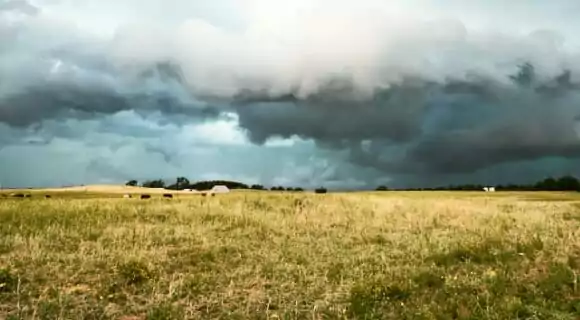
EOSDA Crop Monitoring
Fields analytics based on high-resolution satellite images to track all the changes on-the-spot!
In particular, EOSDA Crop Monitoring provides precious weather data:
- Daily forecasts up to 14 days ahead with air temperatures, precipitations, wind, humidity, cloudiness. Aware of the upcoming conditions, farmers can schedule field activities (like sowing or harvesting as well as herbicide/fertilizer applications).
- Historical weather data (accumulated precipitation, daily precipitation, daily temperatures, the sum of active temperatures) enabling to outline general tendencies of weather changes in the selected region.
- Cold and heat stress feature, which is important due to temperature leaps that are critical for plant health and growth. Neither excessively high nor excessively low temperatures contribute to high yields. So, farmers have to be aware of the threat and address it in time.
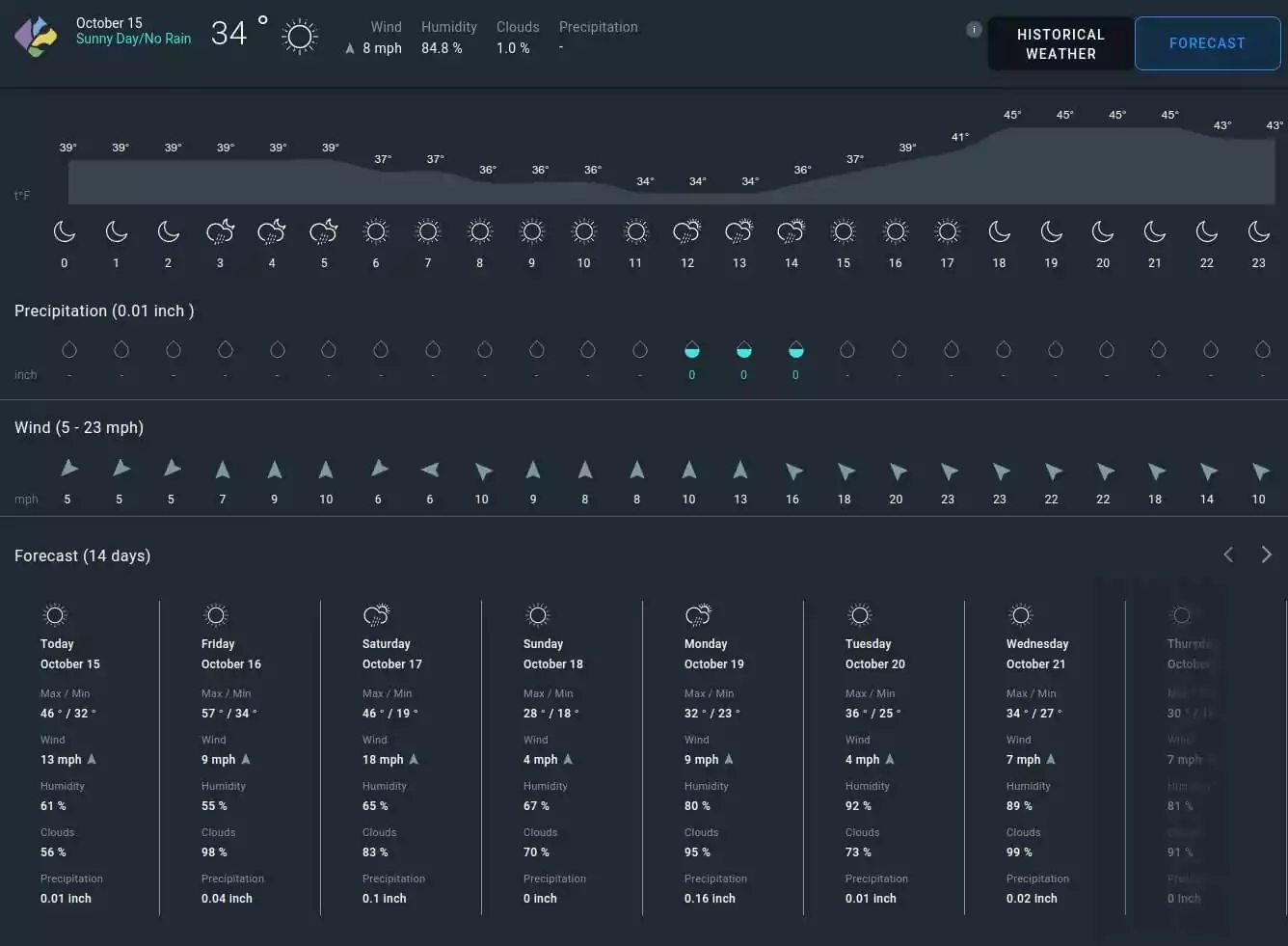
Ensuring Ecosystem Compatible Drainage
Proper water infiltration prevents flooding and waterlogging as well as helps to avoid chemical and water leakage. It enables farmers to reduce the usage of water resources and tackle soil erosion. However, this technique of agriculture and climate adaptation needs a thoughtful approach to ensure ecosystem biodiversity. First, there must be enough water to maintain plant health (especially those that need wetlands to grow). Second, drainage must not contribute to excessive herbicide or fertilizer runoffs.
Improved Irrigation Efficiency
Irrigation is vital for vegetation in the lack of rainfall, and water supply should be sufficient to ensure stable plant development. Nonetheless, improved irrigation systems and drip or tape irrigation, in particular, help farmers to provide necessary moisture with reduced water spend. Mulching and crop residue also beneficially contribute in this regard, assisting to resolve the farming and climate change issues.

Rainwater Harvesting
Collecting rainfalls is an economic method of water supply that is valuable in drought-subjected areas. This additional source of moisture saves water resources, yet involves extra inputs to operate rainwater storages. However, the success is not without a drawback since collected rainwater may cause drops in groundwater levels and thus influence the ecosystem balance.
Precision Farming
Smart farming is an important achievement in global climate change and agriculture solutions. Precision agriculture is based on site-specific farm management that helps to save farmer’s resources and reduce environmental pollution. It widely employs advanced technologies like drone observations and satellite-retrieved data as well as online farming software for data processing and interpretation. Agricultural tools allow farmers to detect critical areas and focus on them instead of treating the whole field.
Cover Crops
Planting cover crops is a successful method of farming that helps to prevent soil erosion, promotes water retention, and nitrogen fixation. Thus, legumes are known as nitrogen producing crops participating in the conversion of the atmospheric nitrogen to plant-ingestive forms. Cover crops also serve as organic manure or material for fodder and grazing cattle.
No-Tillage Or Minimum Tillage
No-till farming is a field-management practice with no or minimum soil disturbance. No-till agriculture prevents soil erosion and promotes carbon sequestration, which is beneficial regarding climate change and farming. This method reduces soil depletion, improves its climate and natural environment as well as decreases inputs for tillage activities and maintenance of tilling equipment.
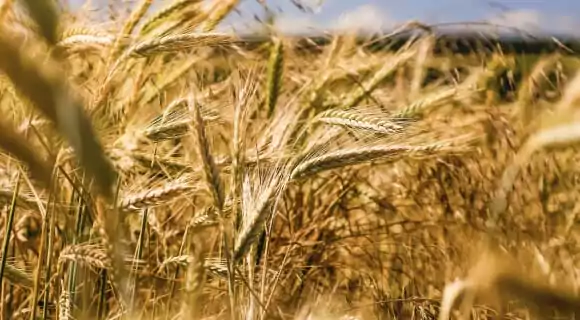
Use Of Adaptive Crops
Adaptive plants are more vibrant and resilient to unfavorable climatic conditions. They require fewer herbicides or fertilizers and are more resistant to waterlogging or droughts. Reduced chemical inputs contribute to nature protection, and thus adaptive species are a winning solution in terms of climate change and agriculture.
Crop Diversification And Rotation
Crop rotation is an old and efficient agricultural method that proved to be successful in weed and pest management as well as chemicals application. Crop diversification is beneficial for the ecosystem biodiversity and gastronomic experiences of mankind.
Impact Of Modern Agriculture On Climate Change
Climate influences agriculture, but agriculture causes climate change in its turn as well.
How does agriculture affect climate change? The main consequences of field operations are greenhouse emissions and the exploration of new lands for farming.
Agriculture’s contribution to climate change is tremendous and not in the least positive. As calculated by EPA, farming contributed 9.3% to total U.S. greenhouse gas emissions in 2018.
The impact of agriculture on climate change comprises the following phenomena.
-
- Soil depletion and degradation (soil erosion, reduction of organic matter, salinization, acidification, loss of fertility). EOSDA Crop Monitoring suggests a solution to reduce the negative influence of anthropogenic factors in agriculture, by the precision farming implementation. The zoning feature of the tool identifies productivity terrains and helps farmers to efficiently select the best crops for certain areas. The site-specific approach of precision agriculture allows treating each zone just as much as it needs, avoiding unjustified fertilizers and pollution that lead to the negative effects of agriculture on climate change.
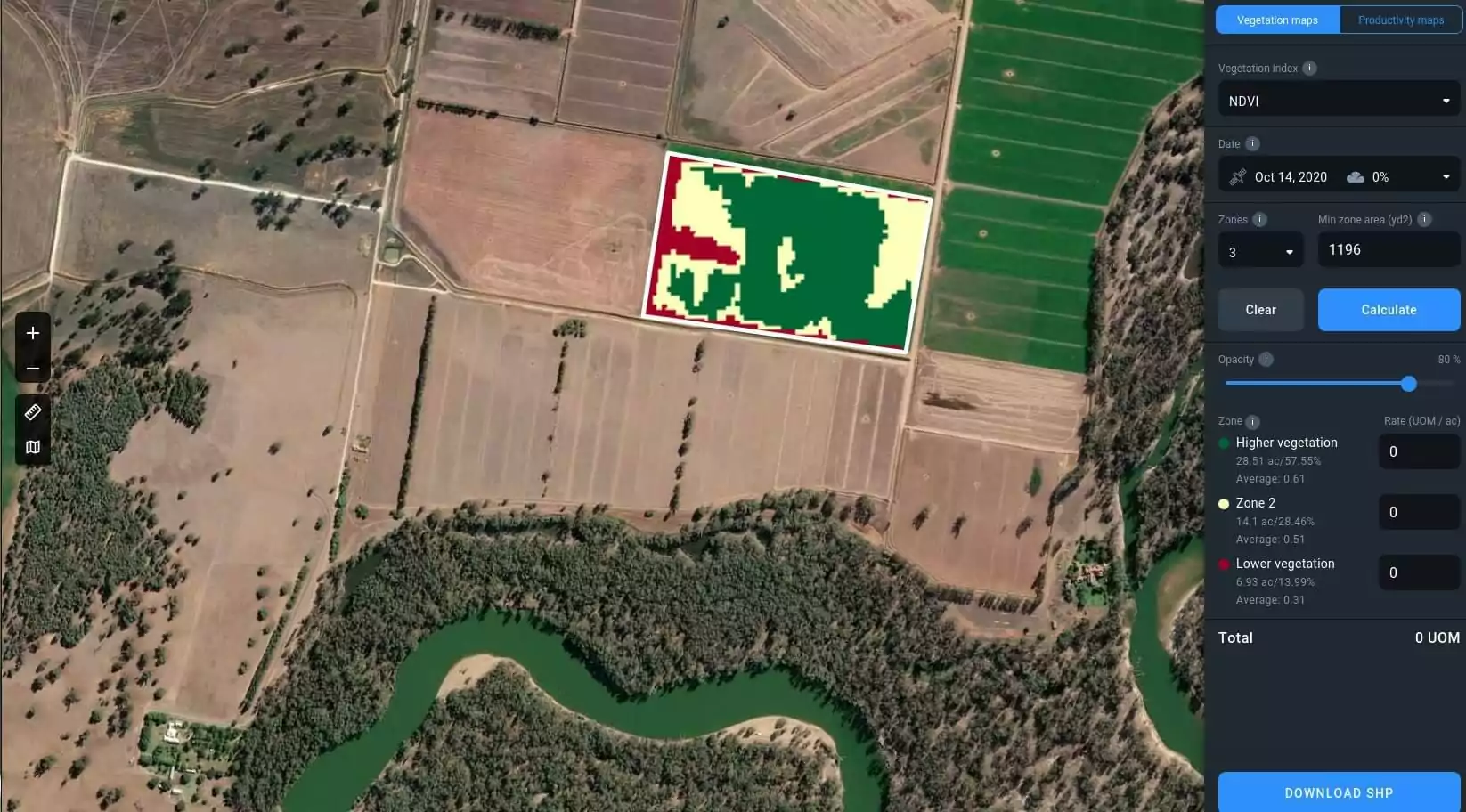
- Deforestation. Forests are cut due to a lack of fertility in used lands. The expansion of territories for agricultural needs does not contribute to natural sustainability.
- Biodiversity loss is another undesired agriculture impact on climate change when species cannot survive atypical weather conditions, or ecological balance is distorted due to improper field activities.
- Coastal water pollution and acidification of the oceans are the consequences of excessive applications of chemical plant protection products and their leakage on the global level. The reduction of herbicide and fertilizer volumes with precision agriculture techniques help to eliminate the issue.
EOSDA Crop Monitoring As A Tool To Mitigate Climate Change Consequences
Climate change and agriculture are closely interconnected. Agriculture is not the sole anthropogenic factor to induce it; nonetheless, the effect of agriculture on climate change is tremendous. However, the adverse consequences can be mitigated with precision and sustainable farming practices. Online crop monitoring software for agriculture like EOSDA Crop Monitoring assists in thoughtful and sparing management. It allows farmers to accurately calculate the required inputs, which reduces costs in the short-time perspective and protects nature in the long-term one. In other words, differentiated application of fertilizers and/or herbicides directly contributes to decreased soil pollution as well as lesser impact to the overall environment’s ecological state.
Besides numerous weather features, the tool provides timely alerts of extremities, elaborates weather forecasts to schedule farming events up to 14 days, and enables precipitation of general climate change tendencies by analyzing historical weather. In this regard, the available weather data helps to minimize climate change, too. For example, knowing when the rain starts helps farmers in decision-making regarding fertilization: do not apply fertilizers before rainfall to prevent their runoff to the water bodies like rivers and lakes, as well as groundwater.
About the author:
Natalia Ivanchuk holds a Master’s degree in Applied Mathematics from the National University of Water and Environmental Engineering. She is an author of 60+ scientific publications, monographs, and other scientific works.
Natalia's expertise and constant desire to learn and perfect her programming skills (C++, C#, JS, Python), has been most beneficial for EOS Data Analytics.
Recent articles
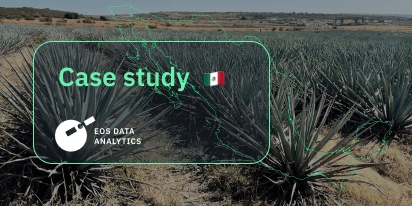
Digital Tools Improve Soil Health And Yields In Mexico
EOSDA and ITTA supported a Guanajuato farm with contour-line planning, monitoring tools, and practical guidance to reduce soil erosion and improve yields in the long run.

Analyze 2025 & Plan Your Best Year Yet: LandViewer Christmas Offer
It’s the most wonderful time of the year! The Christmas holidays are here, and so is your chance to analyze 2025 and plan a prosperous 2026 with more affordable Pro plans in LandViewer.

EOSDA Models Climate Change Impact On Sugarcane Yields
EOSDA modeled future temperature, rainfall, and other climate impacts on Veracruz sugarcane. The results help growers plan long-term adaptation strategies, including timing, varieties, and irrigation.